Great review, I think I'll go out and buy the Switch version! Oh wait, I already did, and the Amiibo. Never mind. :)
Dark Souls: Remastered Review
|
|
See PixlBit's Review Policies

On 11/07/2018 at 11:21 AM by Nick DiMola It's the Dark Souls of Dark Souls! |

For any core gamer out there who isn't afraid to roll up their sleeves and put in the time to explore and experience the dark, but beautiful world of Lordran.
Nine years ago, I reviewed Demon’s Souls, and I’ll just say that at the time… I wasn’t a fan. I struggled to wrap my head around the gameplay and what made it special absolutely eluded me. Despite my contempt, when Dark Souls went on deep discount, I couldn’t resist the sale and grabbed a copy. Perhaps it was fate, but purchasing Dark Souls that day set into motion an obsession I never expected to take hold of me.
Since then, I’ve gone on to absolutely devour this series, completing each entry many times trying different builds, making different pathways through, and extracting every ounce of value out of the masterfully crafted series. I’ve become such a fan, I have a Dark Souls-themed half sleeve tattoo. Needless to say, providing a new take on the Souls series to offset my Demon’s Souls review from all those years ago is well overdue. And there’s no better game to do it with than the one that started it all for me, Dark Souls.
Seven years have passed since the release of Dark Souls and it’s been upgraded and re-released on modern consoles (and PC) complete with the Artorias of the Abyss DLC, as Dark Souls: Remastered. For the first time in the history of the series, it’s made an appearance on a Nintendo console. While the Remastered rendition means a variety of things on the other platforms, the Switch release primarily touts its portability at the expense of some of the fancier visual flourishes and framerate seen elsewhere.
Technical prowess aside, the Switch version features all of the other upgrades offered by the Remastered branding, including more in-game phantoms, the ability to use multiple items from the menu at a time, improved matchmaking and dedicated online servers, and the ability to use estus as a phantom in online play. The changes are minor, but not unwelcome. Oh yeah, and Blightown isn't a laggy mess anymore, praise the sun!
Perhaps the biggest disappointment of this Remastered re-release is how many of the exploits and bugs that affect PvP simply haven’t been addressed. That being said, it’s my opinion that PvP has improved significantly in both Dark Souls 2 and 3 and it not being perfect here, isn't really a dealbreaker.
For those of you Nintendo fans approaching Dark Souls for the first time, or even those of you who’ve just never had a chance to play it before, you’re absolutely in for a treat. What made Demon’s Souls so unapproachable for me nearly a decade ago is absolutely resolved in Dark Souls.
You’re once again dropped into a very unforgiving world that is out to kill you around every turn. But there are a few operative differences that make Dark Souls feel more surmountable from the offset. Bonfires are the masterful invention of Dark Souls and have become an oft-copied design by many games that have followed it.
Resting at a bonfire refills your estus, which are essentially health potions. You’re given five uses right off the bat, which means you’re never scrounging for health items or rationing their use in the heat of the moment. You can also level up at the bonfires, which allows you to start making immediate progress once you get through the Undead Asylum, an area that functions as the game’s tutorial.
The Undead Asylum draws you through its labyrinthine design and teaches you a few valuable lessons while the stakes are low. You learn to watch out for traps, be mindful of your surroundings, talk to NPCs (this is where you get your Estus Flask), search every nook and cranny for potential drops, and to approach boss battles with caution. You’ll even learn right after the boss that enemy mobs of low level grunts can easily kill you if you let your guard down.
The lessons continue throughout the game and they’re all subtle and clever. Small tidbits from NPCs that guide your objectives, high level enemies gating your progression from areas you’re not ready to tackle, and shortcuts that open naturally as you move through the world. When you really peel the onion, it becomes so evident how brilliantly designed the opening of the game is and just how FromSoftware managed to take the gaming world by storm with its tough, but fair design.
As you progress, there’s so much more to learn that affects your experience with the game. Weapon scaling, equip burden, varying build types reliant on melee, pyromancy, faith, intelligence, etc, and so much more. There’s incredible lore nestled away in item descriptions, NPC interactions, visual indicators, item positioning, in-game events, and a bunch of other facets of the experience that can be so easy to overlook or ignore if you just don’t care. But when it comes down to it, it’s all of this attention to nuance and detail that makes Dark Souls so special.
The world of Dark Souls is vast, but incredibly layered and intelligently crafted. Everything seems to loop back in on itself and things link up all over the place. Even the sky boxes of levels can indicate your position in the overall Lordran. It does feel weird coming back to Lordran after spending so much time in Drangleic and Lothric. In both, you can warp everywhere from the get-go and as a result the way the world fits together becomes so much less important. But surprisingly, the first half of Dark Souls, which has no warp function between bonfires, works very well. Because things are interwoven so artfully, it’s generally very easy to get anywhere on foot.
One of the biggest draws to Dark Souls for me has always been the moment-to-moment gameplay. Combat is incredibly appealing and through the stamina meter, it forces you to constantly make trade-offs and decisions about how to approach any given encounter. When you attack, you’ll use stamina, if you roll or run, you’ll use stamina as well. If you choose to hide behind your shield, your stamina will rebuild more slowly than if you’re not holding it up. Taking hits to your shield will reduce your stamina further and if you lose all stamina on a hit, you’ll be staggered.
It’s yet another nuanced system that makes every encounter interesting. It’s only made deeper when you realize you can work in dual-wielding weapons, two-handing weapons, using magic, faith or pyromancy as your main attack or as your off-weapon. You can even attack with damn shields. You can backstab enemies, parry them and roll through their attacks. There’s an absurd level of depth here that allows you to approach combat playing to your strengths.
Your first run through, you’re going to hide behind your shield and put on the heaviest armor and you’re going to turtle and tank everything. It’s what I did years ago. But as you play more, you’ll get more comfortable and start trying new builds and eventually you’ll not worry as much about your shield and you’ll get more bold and adventurous.
Interestingly enough, the game does push you in this direction with the Artorias of the Abyss DLC, which is included here in Remastered. It’s a clear indication of where Miyazaki intended to take things in Bloodborne. You even encounter Marvellous Chester, who looks like he’s plucked directly out of that universe, and even moves and fights like a character out of that game. All of the boss fights of this area encourage you to put the shield down and dodge to avoid attacks. It’s a fascinating departure from the way the rest of the game tends to encourage players to approach encounters and helps you improve as a player.
The online features are yet another facet of this experience that makes it absolutely unique and interesting. The most apparent aspect are the notes scribbled on the floor with the orange soapstone. Using a predefined list of words, you can assemble a simple message for other players. Some are meant to help, others to harm, making them a fascinating little part of the experience. Blood stains from felled players also help warn of impending danger, giving you an idea of a particular trap or tough encounter that approaches.
The theme of helping or harming other players continues in the rest of the online functionality. With the white soapstone you can be summoned to another player’s world to help them best the boss of a given area, or even to just help them make it through the lead up to said boss. You’re rewarded for your assistance if the boss is successfully felled with souls and humanity, making it a worthy expenditure of your time, aside from the happiness it may bestow upon you to help your fellow travellers.
If you’d rather play the other side of the coin, you can invade worlds and kill other adventurers in their quest to defeat the bosses of the world. Here too, you will be rewarded for defeating the host of the world with souls and humanity, though to a lesser extent. You can also be marked a sinner, which will cause you to be invaded more frequently by members of the Darkmoon covenant. Bad deeds will be punished.
With both of these elements at play, both co-op and counter-op can be incredibly fun. As with everything, some players have figured out how to break the invasion mechanics and do low-level invasions to grief starting players. However, going it without your humanity, or summoning a bunch of helping hands can offset this frustration. Again, each and every system built into this game intermingles to create a deep and rewarding experience.
If it isn’t clear, I adore Dark Souls. I could go on and on about how incredibly designed this game is, the myriad ways it’s influenced game design and the industry and why it’s something everyone should play. There’s a reason I’ve had this game literally imprinted on my body - it’s become one of my all time favorites and no matter how many times I replay it, I always find something new or appreciate something different about it. I’d suggest you grab it on whatever system you prefer, but know that it really is a joy to have this on the Switch and to play it anywhere you want.


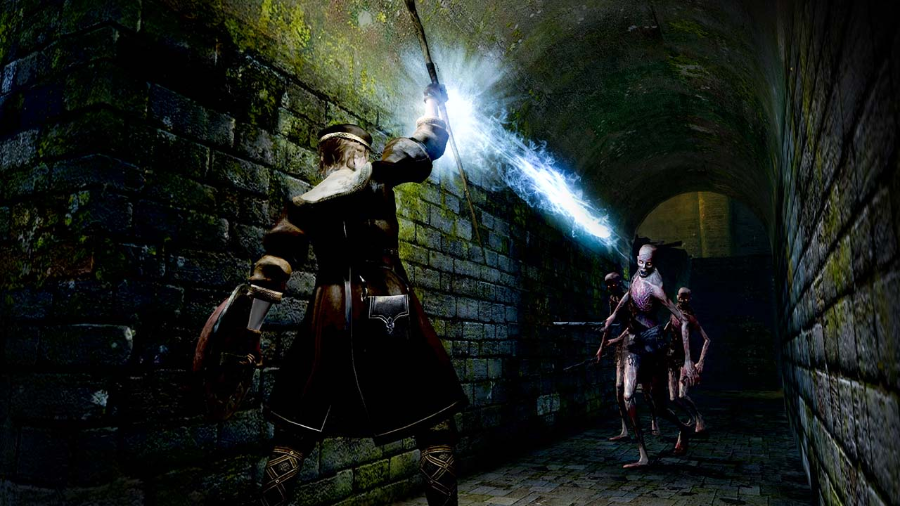
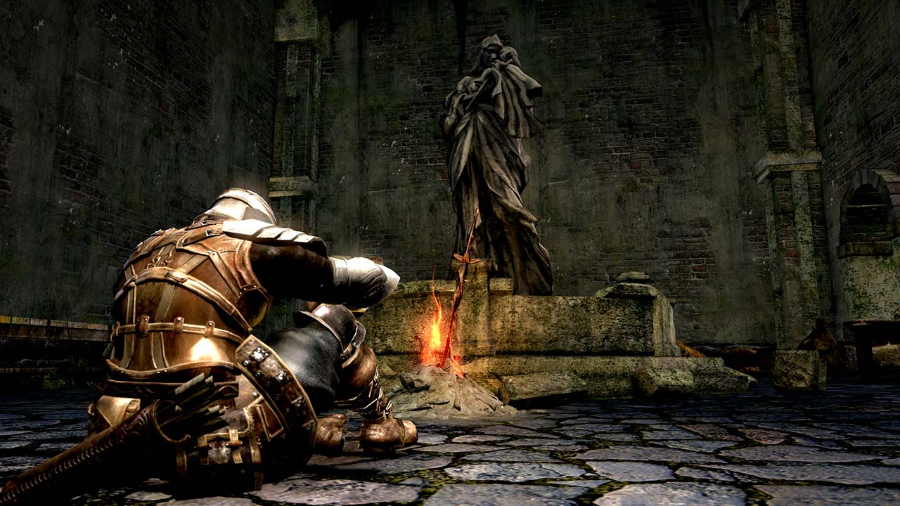
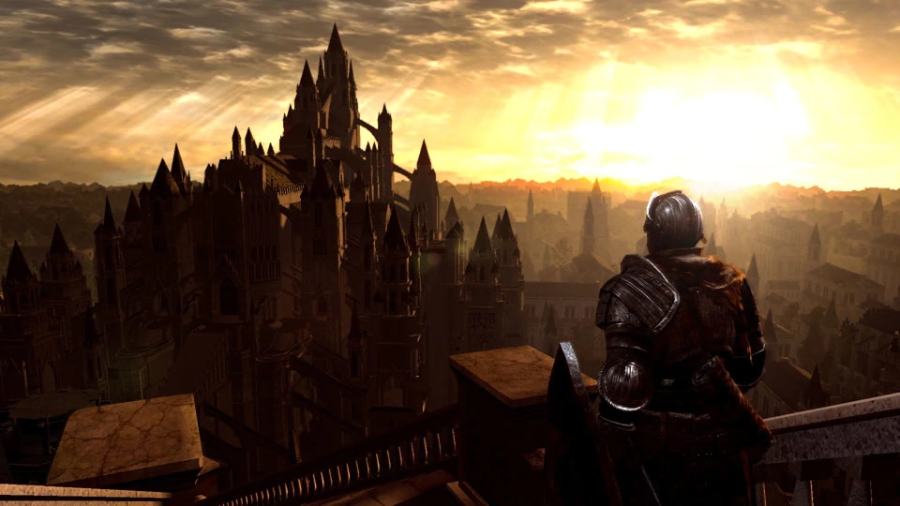
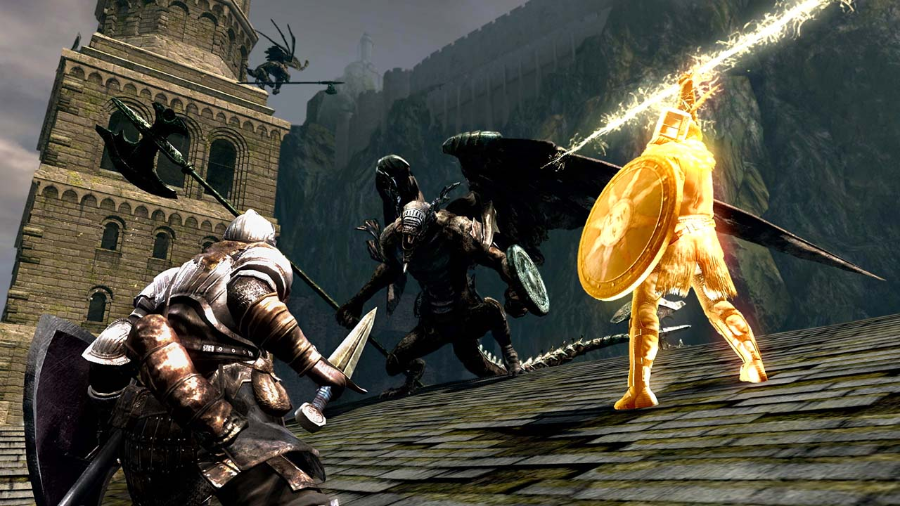
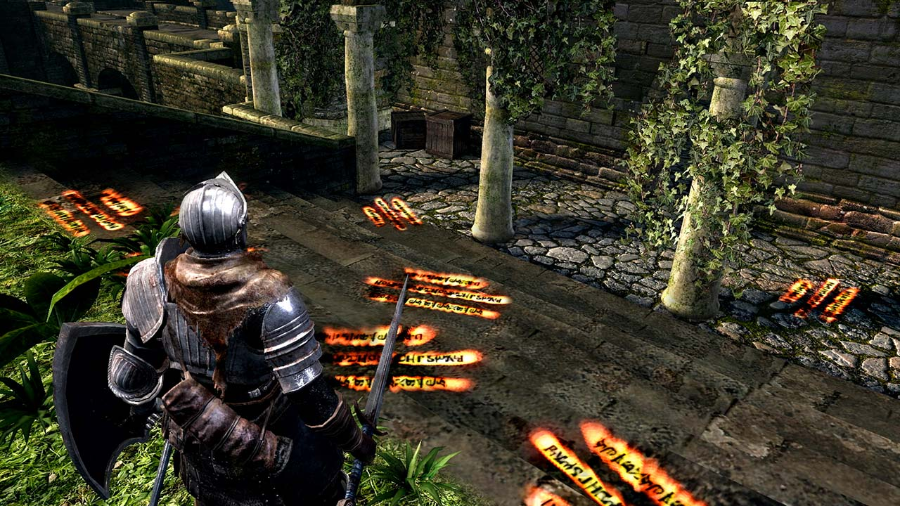
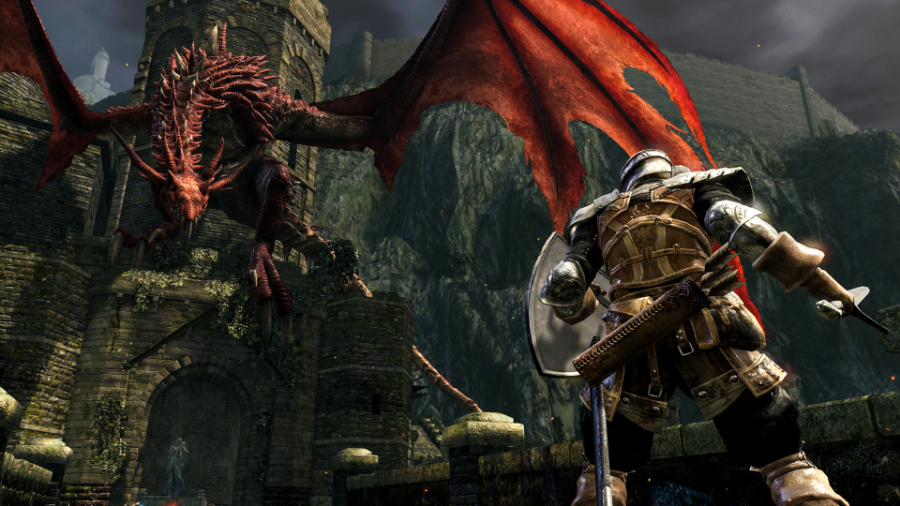
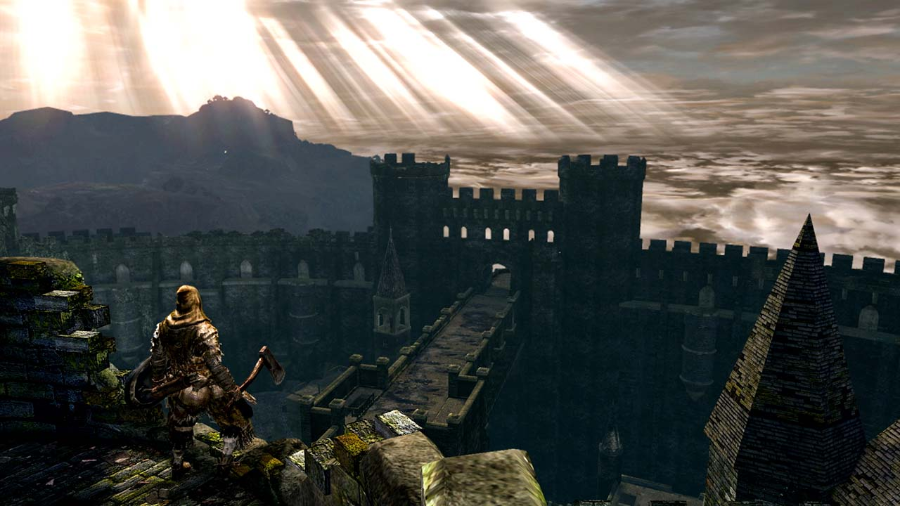





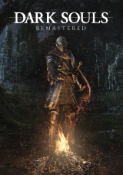


Comments